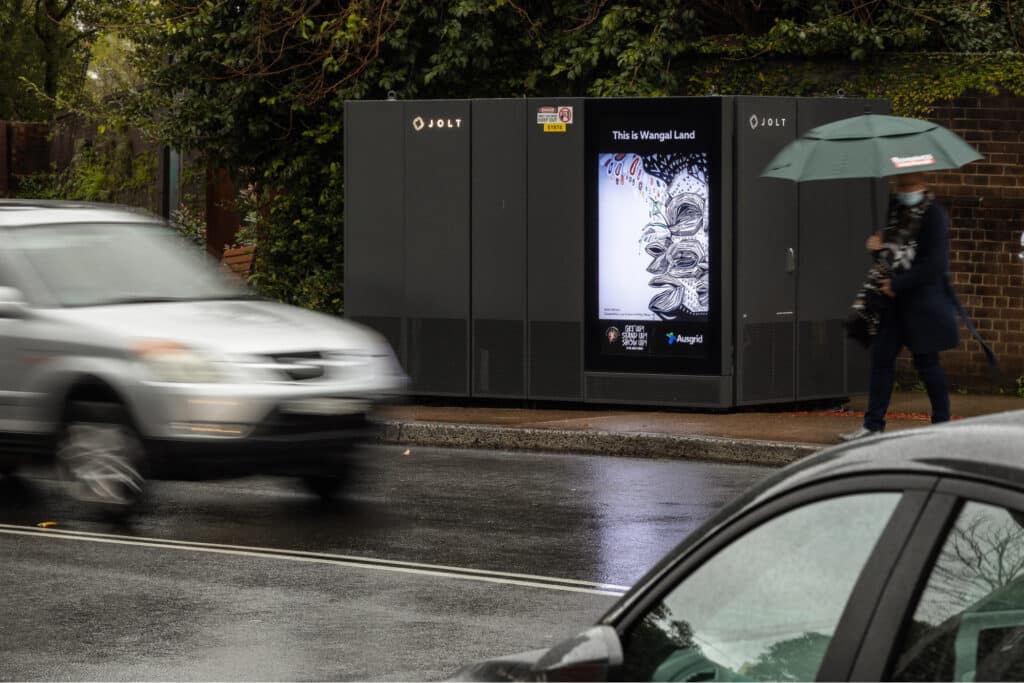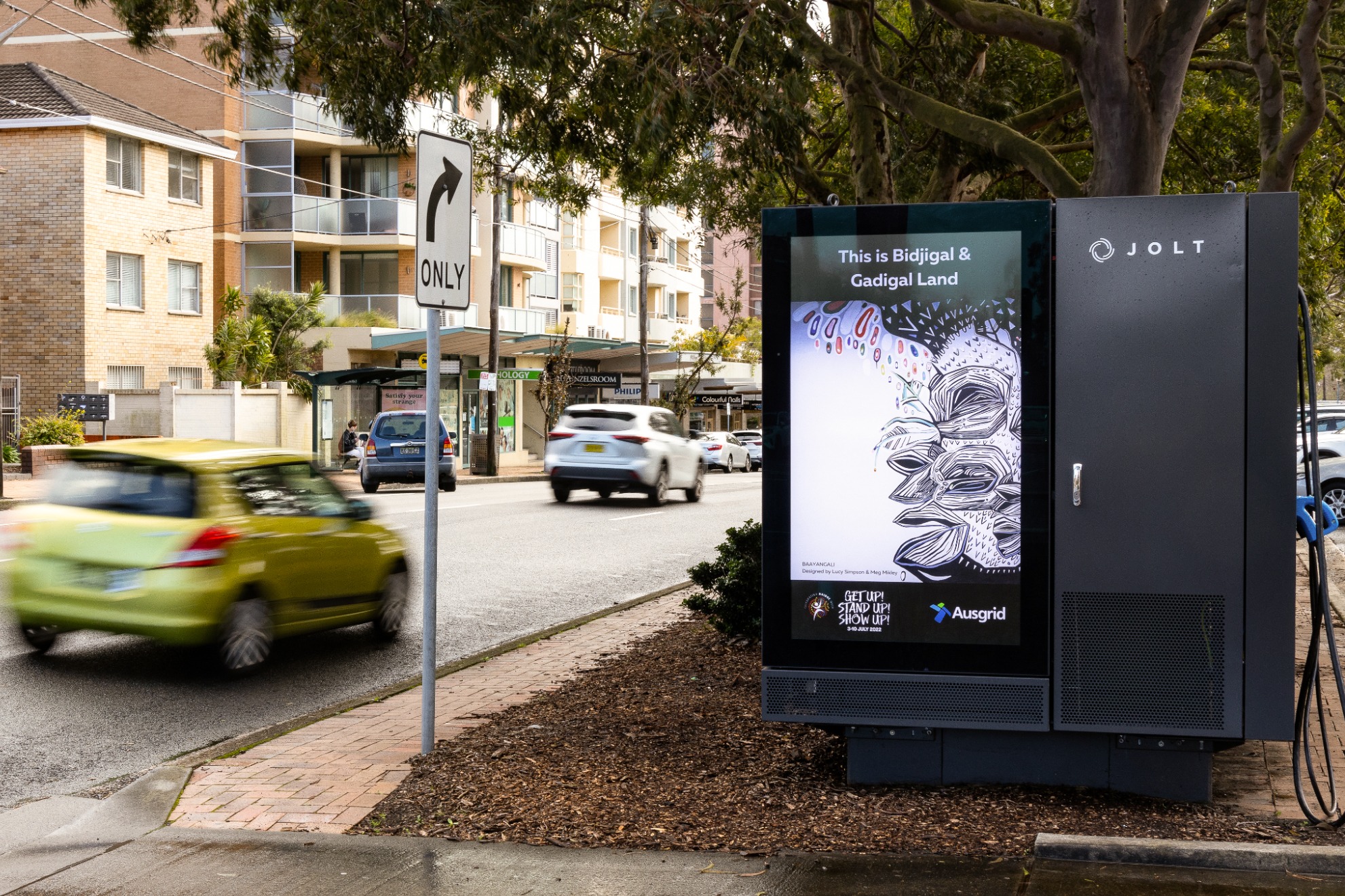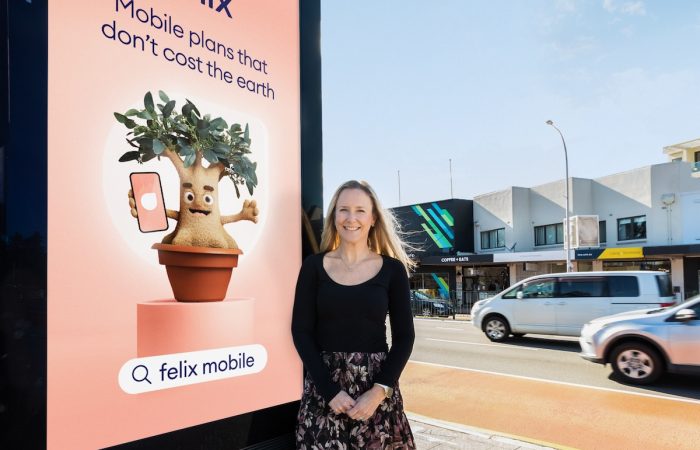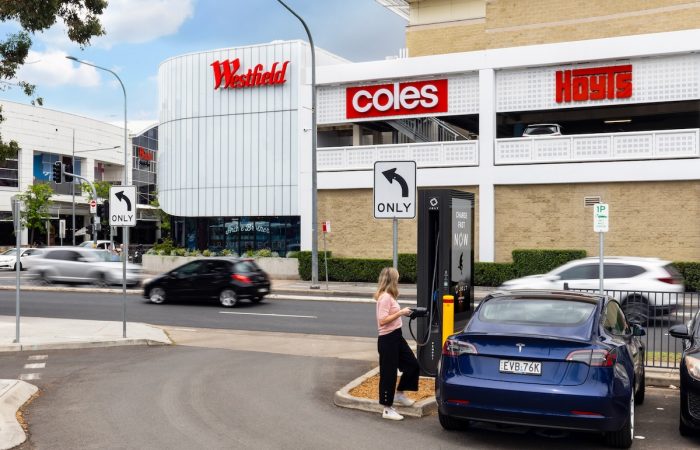With the latest federal election’s outcome where Labor, the Greens and Independents all campaigned for Electric Vehicle (EV) policy, and Labor projecting a $500 million investment in EV infrastructure, we’re seeing a push to expand the electric ecosystem across all levels of the Australian government.
Whether it’s EVs, electric buses, e-scooters or electric fleets, policymakers are prioritising electric transport and scaling up initiatives to make EVs more affordable, starting with e-mobility trials across the country.
Governments continue to fund a fleets-first approach
Earlier this year, the NSW Government launched its Drive electric NSW EV fleets incentive, with $105 million on offer to help fleets go electric.
Fleet cars (which are typically owned by companies, car hire services and local councils) clock up more kilometres than the average vehicle. This maximises the reduced ownership costs of an EV, with fleet drivers saving an estimated $3,100 per year.
Beyond benefitting fleet owners, the incentive aims to stimulate the second-hand EV market (due to the high turnover of fleets) and promote increased charging infrastructure on the network.
Similar priorities can be seen at the federal level. Under the Future Fuels and Vehicles Strategy, an early focus on commercial fleets is one of five priority areas, aimed at fast-tracking the number of EVs on the road.
Fleets are expected to deliver cheap and effectives emissions reductions
Prioritising fleets for electrification is strategic: an opportunity to achieve the greatest level of emissions abatement at the lowest cost. This is because shared cars generally have higher utilisation rates compared to privately owned cars and prioritising shared cars for electrification means more emissions are offset.
This approach will accelerate progress towards the NSW Government’s climate goals of halving emissions by 2030 and achieving net zero emissions by 2050.
Shared e-scooter trials in NSW going ahead in July
E-scooter trials have been popping up across Australia over the past two years, most iconically in Canberra where nearly 2,000 are available to rent. Now, NSW is signing up.
Active Transport Minister Rob Stokes made the announcement at a mobility summit in Sydney. “E-scooters are an affordable, convenient and sustainable method of moving about and it’s important we harness that and recognise their increasing popularity around the world in a safe way,” Mr Stokes said.
Local councils will be able to submit expressions of interest to participate in the trials, which have already been welcomed by Parramatta and Wollongong local councils.

Massive uptake in Melbourne e-scooter trials
E-scooter trials are also running in Victoria. In March this year, City of Melbourne partnered with the Victorian Government to make 500 e-scooters available across the streets of Melbourne. Within three months, they had already travelled more than 1.6 million kilometres.
The Victorian Government is supporting similar schemes with City of Yarra, City of Port Phillip and City of Ballarat, all aimed at increasing zero-emissions transport options for quick journeys and connecting people to public transport.
The level of uptake in these trials follow global trends towards e-scooters as people look for post-pandemic alternatives to their commute. The International Energy Agency reported that the average trip distances on e-scooters have increased by 25% compared to pre-pandemic journeys, and McKinsey found that 70% of people “would consider buying a private e-scooter for everyday commutes” based on a global consumer survey.
Queensland targets fleets in zero emissions strategy
The Queensland Government has released its new vision for transport under the Zero Emission Vehicle Strategy 2022-2032, which is aimed at supporting the state’s shift to net zero while improving air quality and quietening the streets.
Alongside bold EV targets for passenger cars and buses, a key piece of the strategy is to replace the entire Queensland Government fleet or “QFleet” with EVs by 2026. This totals over 10,000 vehicles. The switch is set to generate about $2.4 million in fuel savings over three financial years, while boosting the state’s new and secondhand EV market.
Finishing statement
The focus on expanding the electric ecosystem to include e-scooters and fleets is good news for fast charging. These high-use forms of transport depend on fast public chargers, so we can expect to see greater investment in charging infrastructure. It’s also inevitable that charging providers will diversify their offerings to service a broader range of customers.
With transport responsible for 20% of Australia’s total emissions, policymakers are pushing for a thriving electric ecosystem. Meeting the Labor government’s target of a 43% reduction in emissions by 2030 just won’t be possible without it.
To find out more on how to electrify your fleet or placing EV charging within your business or local premises, get in touch with us.



